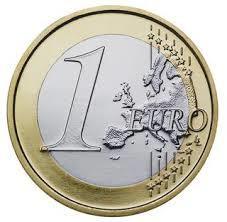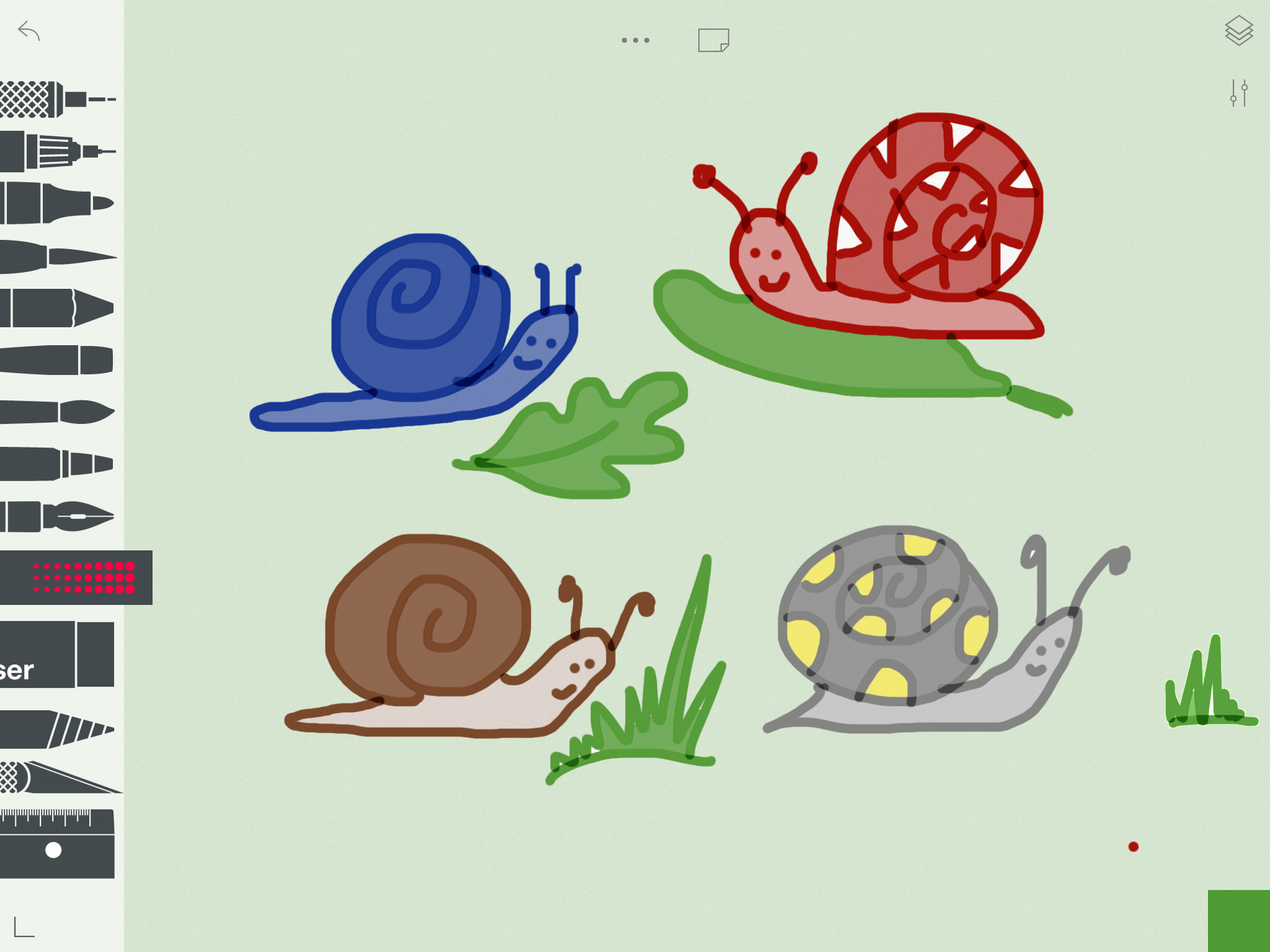HOME LEARNING HEALTH WARNING!
Times are hard for everyone, the most important thing is to look after your own mental health and help your family to do the same.
We will post enough work so your children can find tasks they'll enjoy - but we aren't expecting families to be doing all of it! Do what's right for you and your circumstances.
In terms of learning, the priority is to keep reading and number tasks going whenever you can, these things will make it easier to return to learning once school re-opens.
Year 4 Home Learning Week 6 (11.5.2020)
Hi Year 4!
This week's mini topic is World War 2! We will be looking at information on VE day in reading and have a newspaper article task in writing. In maths, we're looking at area and perimeter. There is also some R.E work looking at what Jesus's followers did as well as computing and French from Miss Butcher. Remember, if you cannot print the work, don't worry, just do the task on paper instead. If you have any questions or want to share some of your amazing work, please email me at yr4@beacon-ce-primary.devon.sch.uk.
Hope that you are all well and staying safe.
Mrs Lynn
Maths Activities
Maths Mats Quick Questions: Choose either the 1, 2 or 3 star (for that extra challenge) maths mat and see how many different ways you can work out the answer.
Answers will be posted 15.5.2020
Maths Activities for the Week: Area and Perimeter with word problems (just choose a few questions every day and show your workings out on a piece of paper to save printing - a little bit everyday is best).
Reading Activities
This week's reading comprehension is all about VE day. Read this information text and answer the questions. There are different levels of questions for you to choose from:
French-using money
In France (and lots of other European countries) they use Euros (E) and cents rather than pounds (£) and pence. Watch this video here for fun and pause it at 1 minute 23 seconds. From this point you'll hear lots of prices: can you translate them into English, eg 6 Euros? How much does Tom make altogether at his jumble sale?
Slideshow showing how to draw snails on a tablet.
English Activities
Writing task: Beacon Video Newspaper report
Grammar task: Conjunctions
Computing
This week we're going to learn how to draw snails using step-by-step instructions. On the photos here I'm using the Sketches app, but this method will work on any drawing program or app. You might even want to try it on paper as well. The trick is not to make your spirals too big or too complicated.
Watch and copy the slideshow on the left hand side (it is set to change slowly to give you time to draw) or follow the instructions below.
1: draw a spiral starting from the centre
2: starting from the shell, draw a line that curves up and then down again for the head, then goes back under the shell.
3: from the end of the body, draw a line that joins up the body back to the shell
4: add eyes and antennae
5: add spots or triangles onto the shell if you wish, then use the fill tool to colour it in.
6: draw a leaf for the snail to munch on and use the fill tool to colour in the background.
























